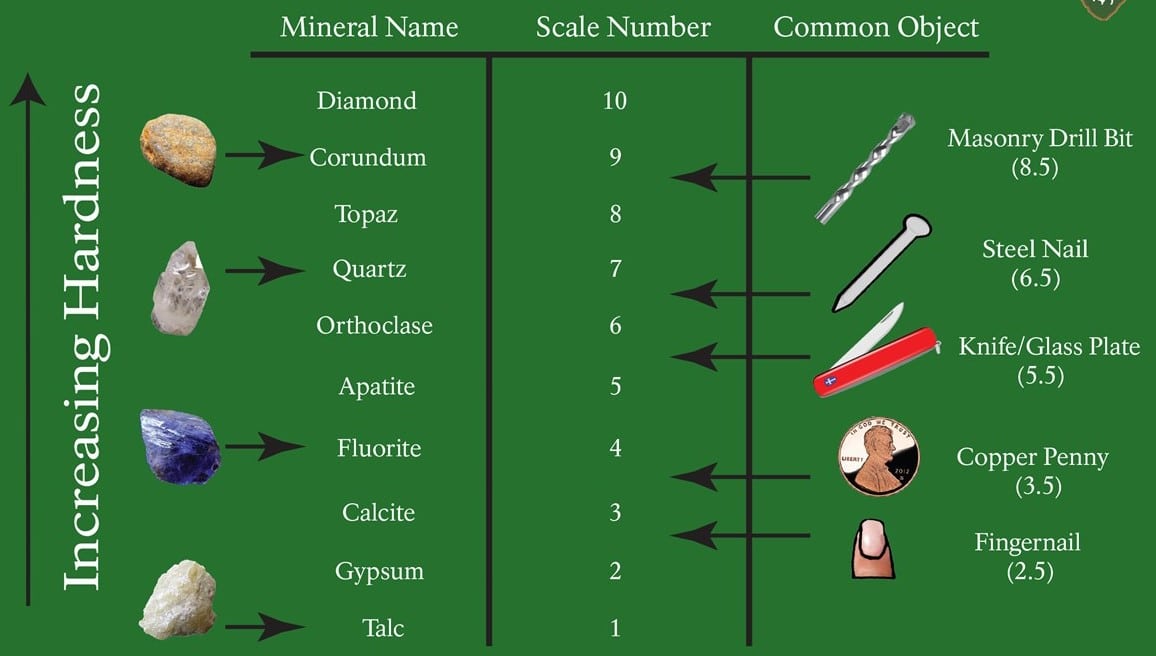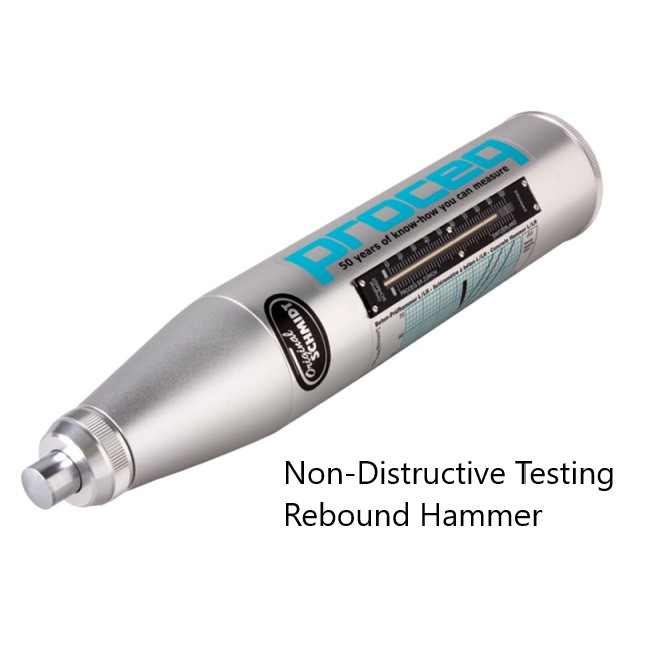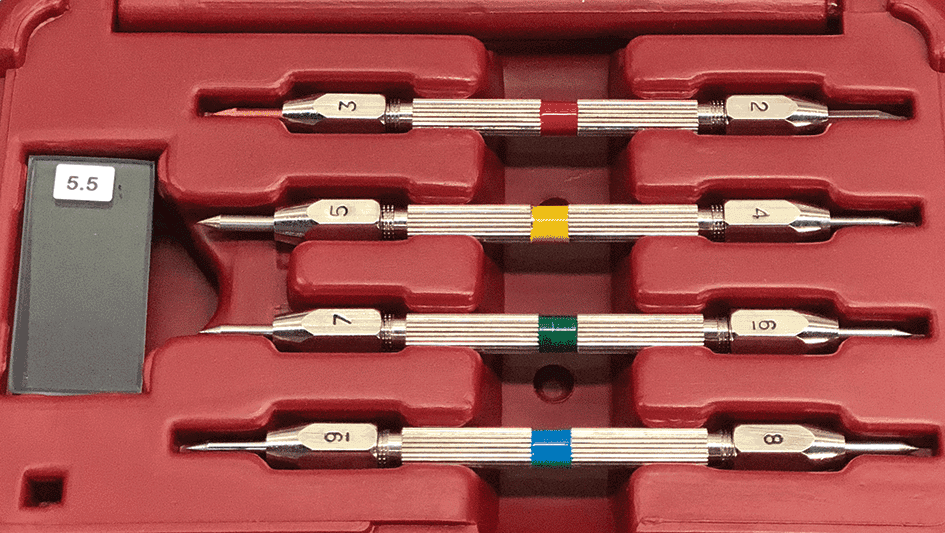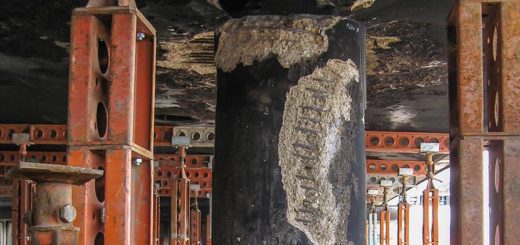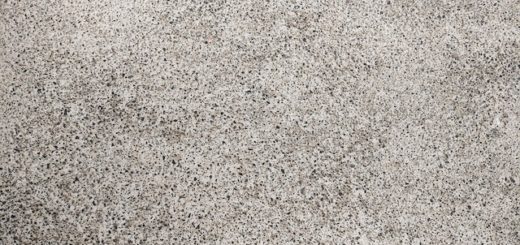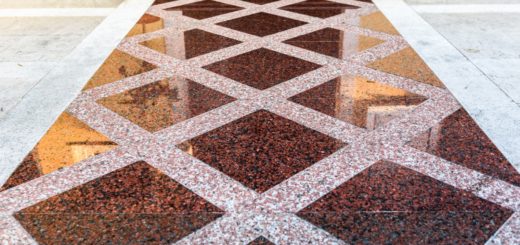Concrete Hardness | what it is | how to measure|
The concrete hardness is an indicator of how hard the concrete is. It is a kind of rigidity measure of the concrete. The hardness of the concrete could depend on many factors which will be discussed in this article.
What is Concrete Hardness
The hardness is a physical property. It measures how rigid the concrete is. There is no method to calculate the hardness.
Generally, the hardness testing is measured as a property of the surface.
Diamonds are the hardness material in the world and it is used as a reference in specifying the hardness of the other materials.
Knowing the concrete hardness is not a must like knowing the compressive strength of the concrete. However, sometimes, hardness is important as it is correlated to finding the in-situ compressive strength of the concretes.
Factors Affecting the Hardness of Concrete
As discussed previously, the hardness is a kind of rigidity of the concretes. It is affected by the materials within the concrete sample. Some of the factors affecting the concrete hardness are as follows.
- Concrete grade
The grade of the concrete is a kind of property that is related to the hardness. The higher the concrete grade, the harder it is. Further, it appears the hardness is directly related to the density.
Since the grade of the concrete increases, the density of the concrete also changes. Therefore, it affects the hardness.
- Curing
Curing is one of the most affected treatments for concrete for enhancing its properties. Adequacy of moisture in the concrete surfaces allows completion of the hydration process (reacting cement with water).
If the reaction completely occurs, the surface hardness will be higher as the concrete reaches its strength.
- Aggregate
The highest volume of the concrete is taken by the coarse aggregates. Therefore, the hardness of the aggregate could be influenced by the hardness of concrete.
- Compaction
Better the compaction higher the density of the concrete. If the concrete is properly compacted, its strength also increases. Therefore, the hardness of the concrete will increase with the better compaction of the concrete.
How to Measure the Hardness of Concrete
The hardness is measured as the property of the surface. Always there is a dough whether we measure the actual or correct hardness.
As we know, during the carbonation of concrete, the hardness of the cover zone increases. If the carbonation has continued to a certain extent, the result obtained from the test will provide an incorrect representation of the actual condition. Therefore, these tests shall be used with much care.
Hardness can be compared with the Mohs hardness scale. It is developed considering the hardness of the diamond as 100%. Relative to that, the hardness of the other materials is compared.
Rebound Hammer Test
One of the most frequently used test methods used to measure surface hardness is the rebound hammer test. It is a non-destructive testing method used to obtain the concrete compressive strength.
The rebound hammer test cannot be directly used the measure the strength of the concrete. But can be used by correlating with concrete core test results. You may read the article in-situ compressive strength assessment for further information in this regard.
Scratch Test
This test is also called as Mohs scratch test.
Scratch test is a very simple test used to evaluate hardness. Concrete hardness also can be measured from this method.
Scratching pencils are used to measure the hardness of the surface.
These tests are indicators of the compressive strength of the concrete. Therefore, they are very important that we could use in the construction.

